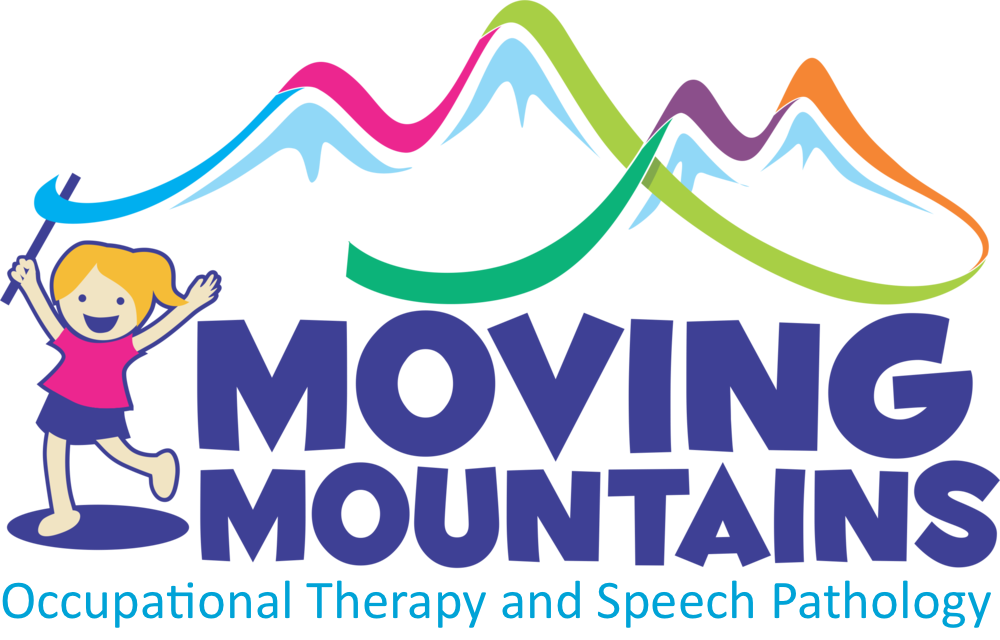How did Therasuit originate?
So how did Therasuit Therapy Originate?
Richard and Izabela Koscielny are the founders of Therasuit Therapy. Their story began when their first daughter Kaya was born with cerebral palsy. Izabela and Richard being two qualified physiotherapists and former athletes tried numerous treatment programs for Kaya, however none failed to bring the results they had hoped for. Only one treatment facility in Poland showed significant results, and this is where they learned the intensive style of physical therapy as well as the use of the 'Rehabilitation Suit'.
BUT WAIT! What is the Therasuit? Or the Rehabilitation Suit?
The Rehabilitation Suit was developed from the original Penguin suit used in Russia's space program. The suit was designed to counteract the harmful effects of weightlessness on the body after returning from long periods in space. It has since been refined into a model that helps children with cerebral palsy and other neuromuscular disorders.
Ok, so lets continue.. Izabela and Richard returned to the States and in 1994 introduced this style of therapy to America. In 2001 Izabela and Richard designed and patented their own version of the Rehabilitation Suit called the 'Therasuit'. They set up their first clinic in Keego Harbour and to this day change the lives of many families with children suffering from cerebral palsy and neurodevelopment disorders. If you need an example of their success you need to just look at their daughter Kaya, who has now finished university with a Bachelor of Science in Healthcare Administration and since 2012 works at the Therasuit LLC office. Richard and Izabela dedicated enormous amounts of time researching the benefits of intensive therapy and strength training for cerebral palsy. They are now the leaders in treatment for children with cerebral palsy and have trained more than 3,500 therapists in over 470 clinics.
Research has shown that after any brain injury their is great potential for the brain to repair and reorganise itself to compensate for the damage and loss of cells. This is achieved through repetitive muscle strengthening and active functional movements performed in various ways.
Through intensive repetitive training, patients make significant gains. The main goal of intensive therapy is to increase the child's strength and to allow movement to become automatic and more normalised. This ensures that once the intensive is complete, along with a practical home program, patients will continue to make improvements. Children who undergo intensive therapy make amazing achievements in sensory processing and motor skills through strength, flexibility, endurance, balance coordination and enhanced functional skill training. They reach significant motor milestones which they had not been able to previously achieve through traditional therapy such as rolling, crawling, sitting, standing and even walking for the first time.
